 Goats are at home on steep hill slopes, rocky crags and coastal cliffs and occur in scattered pockets throughout the country. Numbers are controlled by professional culling as their rapid spread has earned them the status of a national pest. Large billy goats carry a good spread of horns (up to 1.2 metres long), which make a worthy trophy.
Goats are at home on steep hill slopes, rocky crags and coastal cliffs and occur in scattered pockets throughout the country. Numbers are controlled by professional culling as their rapid spread has earned them the status of a national pest. Large billy goats carry a good spread of horns (up to 1.2 metres long), which make a worthy trophy.
Wild sheep, which are descendants of the early merino breeds, are found in remote mountain country on both main islands. The sheer size of our high country sheep stations means that animals escape the muster and hide away in marginal scrub blocks where rams develop impressive sets of horns. They are extremely wary and difficult to hunt.
Wallaby were introduced from Australia and are well established in several locations representing a challenge for hunters. These animals are highly adaptable and blend in with their surroundings very effectively.
Rabbits have a universal distribution and are a menace to farming. Numbers have been reduced in recent years by viral infections. Their legendary reproduction rate assures their availability as small game animals. Hares are common on rolling downland and tussock country.
Opossums have infested almost every bush-covered area in New Zealand and require extensive poisoning measures to control their numbers, which may exceed 100 million.
Mustelids (stoats, weasel and ferrets) are deadly predators of our native bird species. There is an open season for hunting all species of lesser game in New Zealand.
Waterfowl comprise mallard ducks (estimated 5 million) and native grey ducks (estimated 1 million), which are the most prominent birds on natural and artificial ponds, lakes, streams and marshlands. Also shovelers (known as spoonbill), paradise ducks (shelducks), black swans and Canada geese are fair game. All these birds are distributed widely throughout the country and are hunted in season on game bird licences.
Upland game birds include pheasant, Californian quail, brown quail, chukar and partridge. The partridge has only been liberated in recent years but is already well established. These birds are common to most regions and are also hunted in season on game bird licences.

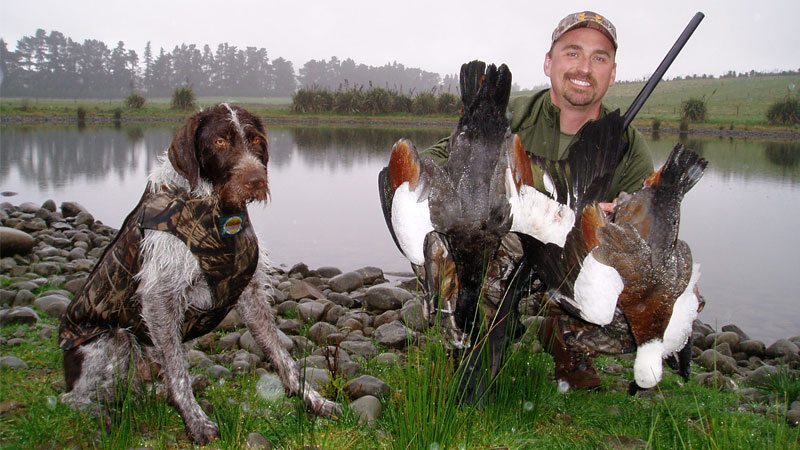
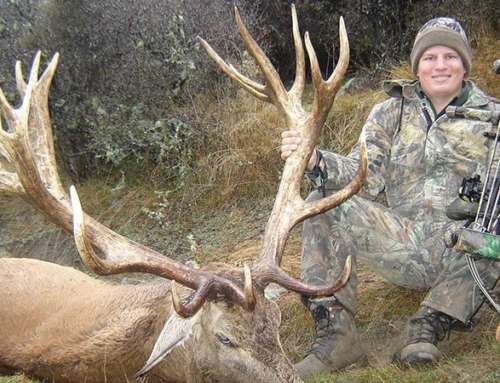
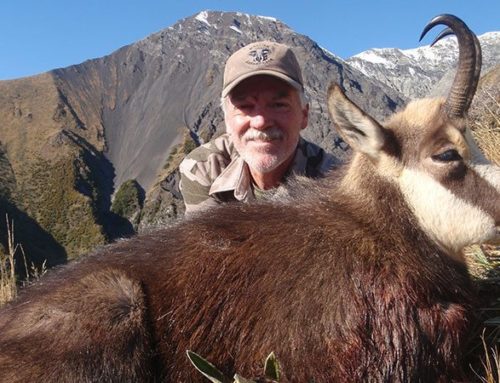
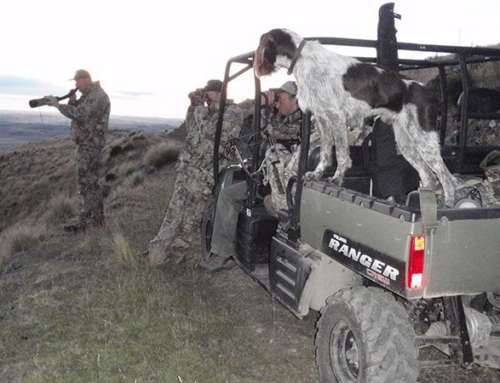
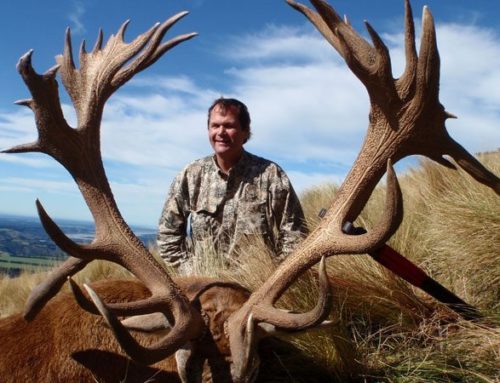
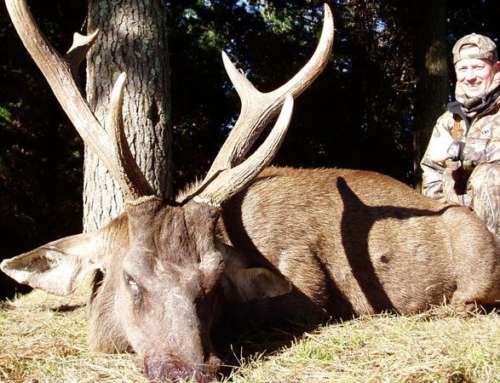
Leave A Comment